Featured Photo Above:
Addie Joos Benefit Game, July 24, 1911
(Color Restoration by Chris Whitehouse of They Played in Color website)
Baseball History Comes Alive Now Ranked As a Top Five Website by Feedspot Among All Baseball History Websites and Blogs!
(Check out Feedspot's list of the Top 35 Baseball History websites and blogs)

Guest Submissions from Our Readers Always Welcome! Click for details
Please note: As we compose new blog entries, we will now send each one out to all our subscribers as we post them. Here’s a link to see the entire Blog Archives -GL
THE BASEBALL HISTORY COMES ALIVE BLOG
Please note: As we compose new blog entries, we will now send each one out to all our subscribers as we post them. Here’s a link to see the entire Blog Archives -GL
New Blog Topic: BRING ON A KNUCKLEBALLER
The death of Hall of Famer Phil Niekro last week got me to thinking. What if Niekro, the winner of 318 games, were pitching today? Or for that matter, Hoyt Wilhelm? I mention those two because they had something in common. They were both one-pitch pitchers. No real fastball, curve, slider or splitter. They didn’t have to bother. That’s because they were both practitioners of the elusive knuckleball, a pitch that’s very difficult to master, but once mastered very difficult to hit. And mastering the knuckleball is a skill that’s almost extinct in baseball today. But what if?
The knuckleball has been around since the early days of the game. Many credit White Sox ace Eddie Cicotte, whose potential Hall of Fame career was derailed by the Black Sox Scandal of 1919, as the first real knuckleballer. Cicotte once said, “I think it’s no
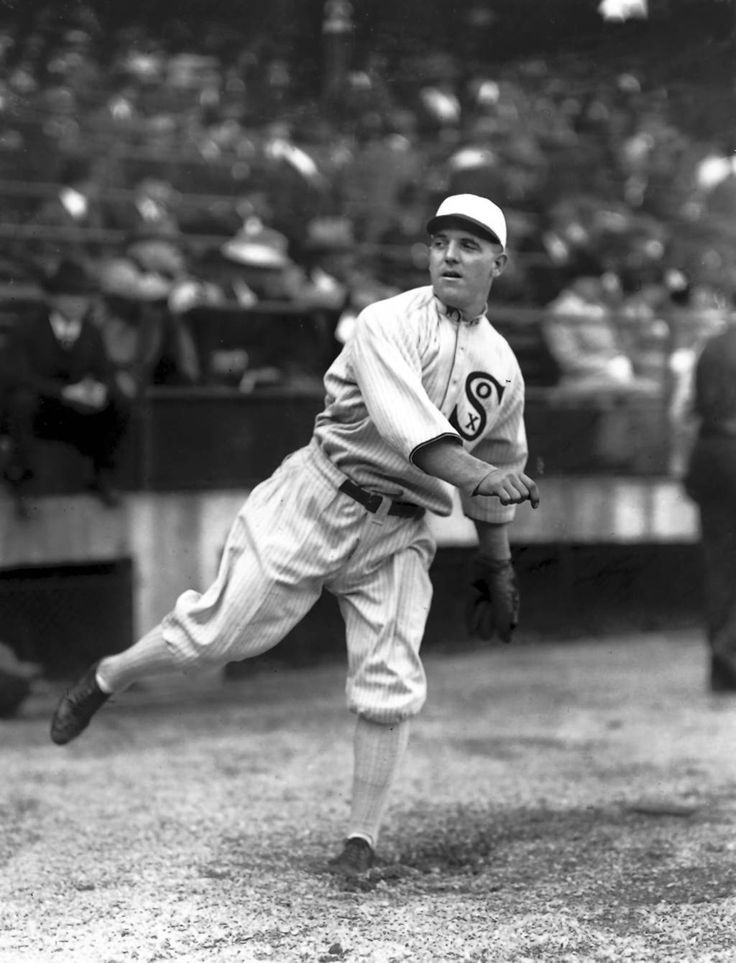
exaggeration to say that out of 100 average balls that I throw, 75 are knuckleballs” Dutch Leonard, who pitched from 1933 to 1953, was a fine knuckleballer who won 191 games in his career. He was also the guy who inspired Hoyt Wilhelm to learn the knuckler.
In my mind, Wilhelm is right up there with Phil Niekro as the two greatest knuckleball pitchers in baseball history. Wilhelm didn’t make the majors until 1952 when he was 29 years old, and pitching in relief that year had a 15-3 record in 71 games, leading the National League with a 2.43 earned run average. He would swing between starting and relieving in his 21 year career that saw him pitch until he was 49 years old. Knuckleball pitchers tend to last a long time. Among his achievements were throwing a no-hitter, as well as driving both hitters and his catchers crazy.
Said Brooks Robinson of Wilhelm, when they were teammates on the Orioles. “He had the best knuckleball you’d ever want to see. He knew where it was going when he threw it, but when he got two strikes on you, he’d break out one that even he didn’t know where it was going.”
Phil Niekro, as mentioned, won more than 300 games and struck out more than 3,300 batters while compiling 3.35 career ERA. He pitched for 24 years, retiring after the 1987 season at the age of 48. Other fine knuckleballers include Wilbur Wood (the only lefty in this group), Tim Wakefield, Charlie Hough and R.A. Dickey, the only knuckleballer to win a Cy Young Award. He did it with a 20-6 mark for the 2012 New York Mets, a season in which he threw consecutive one-hitters. Hough pitched to the age of 46, Wakefield to 44 and Dickey until he was 42.
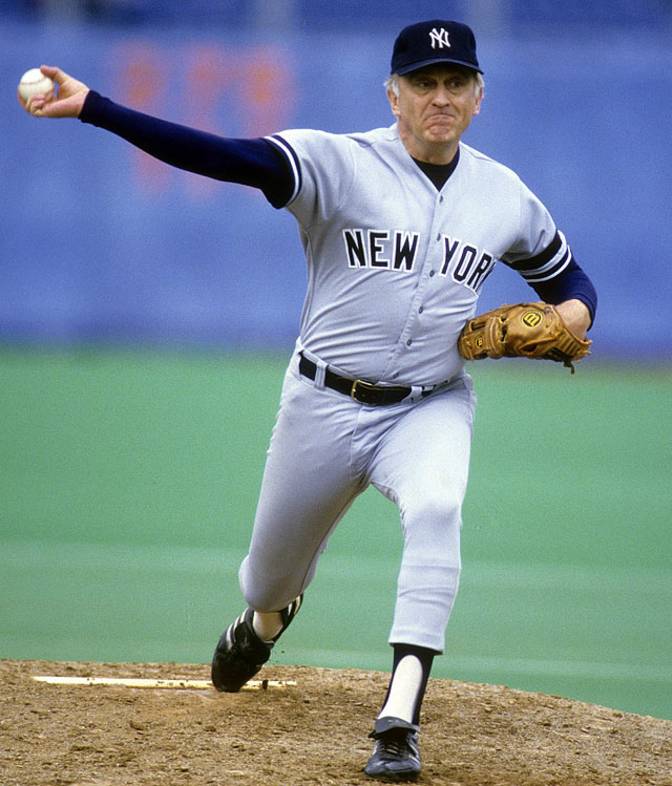
But this isn’t about the players as much as the pitch itself. The knuckleball is not really thrown with the knuckles, but rather with the fingertips or fingernails on the first two fingers. And it’s more pushed than thrown, with the object to get as little spin on the ball as possible. It has been described as pushing against the air without revolving and floating toward the hitter with unpredictable, often jerky movements. Its unpredictable movement makes it difficult to hit and very difficult to catch. Passed balls are not uncommon and catchers have often used an oversized mitt to catch the elusive floater. Because the ball is not thrown hard, many knuckleballers can pitch often and have great longevity.
As Charlie Hough said, “The wind currents make the ball bob around like a Whiffle ball and it might break two or three different times on its way to the plate” That’s why both hitter and catcher often have no idea where it’s going. One knuckleball pitcher described the pitch as “having a mind of its own.” And former catcher and broadcaster Bob Ueker, in describing how to catch a knuckleball once quipped, “The way to catch a knuckleball is to wait until it stops rolling and then pick it up.”
The reason there were never a flood of knuckleballers in the majors is simple. It’s a very difficult pitch to master. Even if you can learn to throw it so that it darts and dances, it’s very hard to control. Walks, wild pitches, and passed balls have
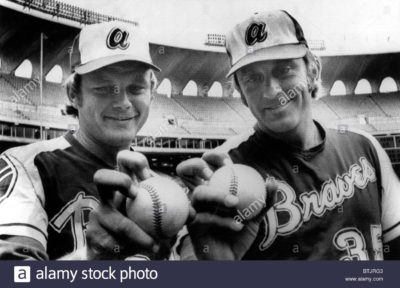
stopped many beginning knuckleballers in their tracks. Some, like Wilhelm, arrive in the majors at a late age because it took so long to perfect it. But for those who found the secret, it was a very successful pitch.
Today, there are virtually no knuckleballers in the majors. Steven Wright pitched for the Red Sox for several years with some success, but was released before the 2020 season. Will there ever be another pitcher who relies on the floater almost exclusively? It’s a good question. But look at it this way.
What do scouts and general managers look for today in pitchers? Big kids who can throw between 95 and 100. Sometimes that’s all the one-inning relievers need, the big arm and the gas. Throw in a breaking ball once in a while to keep the hitters off-balance. And that’s what most hitters look for, a fastball they can turn on and hit a country mile. With the emphasis on the home run, launch angle, and distance, it’s most often fastball vs. the big swing.
Imagine if a knuckleballer with the skills of Niekro or Wilhelm came along today. It would be something the hitters hadn’t seen before and wouldn’t see that often to adjust. A good knuckleballer could truly dominate and make so many of today’s hitters swing at something that isn’t there. I just wonder if there are any young pitchers out there who know they can’t bring the high heat and are starting to grasp the ball with their two fingers, or digging in with their fingernails and trying to perfect the knuckler. It might take some time, but I’d sure like to see one or more emerge. Might make baseball more fun again.
Perhaps a young pitcher trying to develop a knuckleball could get inspiration from the words of Hall of Famer Mickey Mantle. Once asked his opinion about knuckleballers, the Mick quickly repeated the word. “Knuckleballers,” he said. “I hate ’em all.” So would most of today’s hitters.
Bill Gutman
As always, we enjoy reading your comments
Here’s a link to see the entire Blog Archives
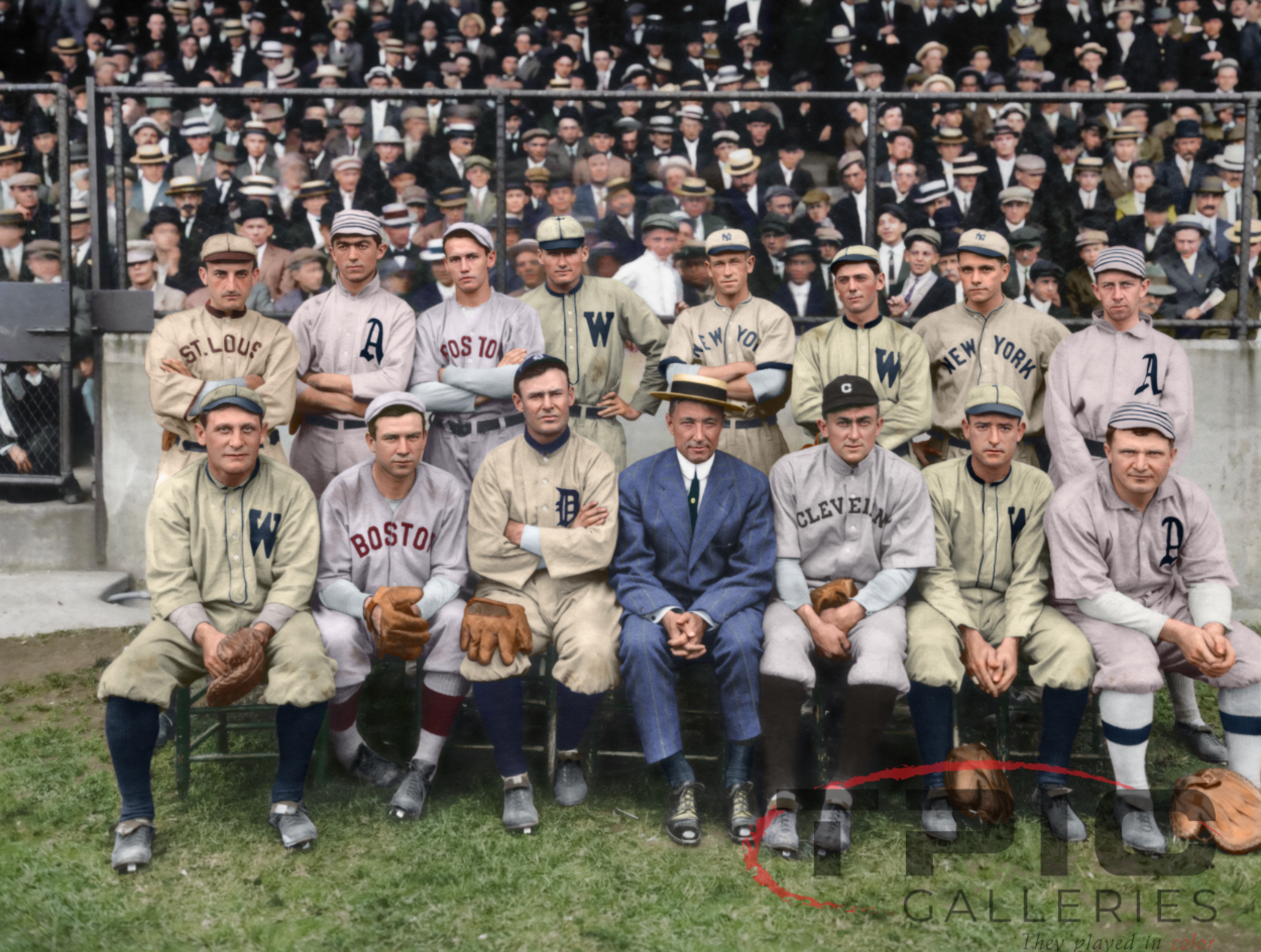
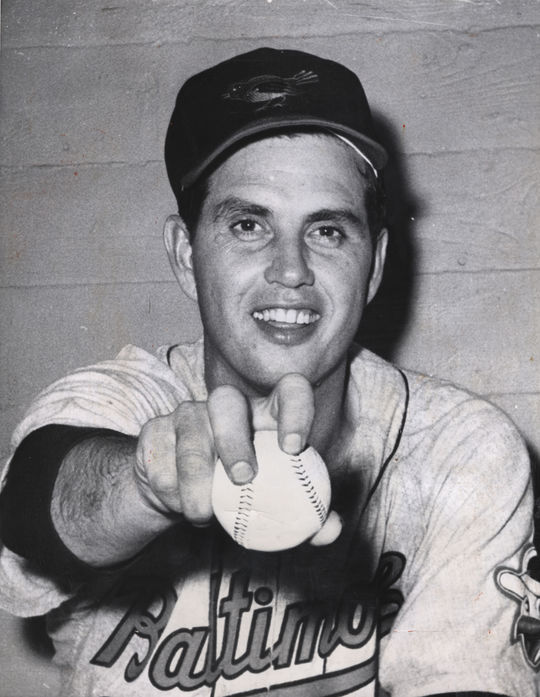

Hoyt Wilhelm is also notable for being the only player (with any kind of career at all) to hit a home run in his first Major League at bat, and never hit another. In Hoyt’s case of course, that career spanned a couple decades.
I’ve also heard he hit a triple in his second at bat, and never hit another of those either. (Not sure if it’s true.)
Know the home run story, Tom, but just did some fact checking. During his long career, Wilhelm had just 493 plate appearances, but still enough to hit another home run. He didn’t have a triple his rookie year of 1952, but had his one and only three bagger the next season. Don’t know if it was his first at bat of the year or not. Needless to say, he didn’t last as long as he did because of his slugging. Like I said, I’d love to see some of today’s free swingers try to catch up with that knuckleball.
Comment from Dave Bancroft:
I miss knuckleballers too, Bill. As a long time Pirates fan, I often wish the Bucs would have left Tim Wakefield in the game in the fated, Sid Bream, dash to home, 7th game of the NCLS. He was pitching well and like you say, those guys don’t tire easily. On another note, my mother was a friend of relative of Phil Niekro, so I was able to get his autograph to have something to remember a good knuckler by.
Good stories, Dave. Remember the Bream dash to the plate. But he a bit too slow to call it a dash. The bottom line was that he made it. Didn’t realize Wakefield was in that game. Niekro, like Wilhelm, had a Hall of Fame career throwing the knuckler. Nice story about the autograph. Still don’t know why some young pitchers today don’t try to master the Knuckler. Maybe they figure if they can’t throw 95 they don’t have a chance to make it.
Thanks, Bill, most interesting.
Richie Hebner said, “Hitting Niekro’s knuckle ball is like trying to eat soup with a fork.”
Phil was great but for sheer effectiveness, Hoyt Wilhelm was the best. Wilhelm for seven consecutive years, 1962-1968, posted an ERA under 2.00 for six of those years. He had a lifetime 2.52 earned run average. Hoyt career ERA +: 147
Niekro: 115.
Wilhelm once said, “I throw the ball right down the middle. Three out of 10 break up and in. Seven out of 10 down and away. I never know which three or which seven.”
As you say, the game would be more fun if there were a few of those guys around today!
Hey Bill. Agree that Wilhelm was the best. He even had a couple of seasons where he was in the rotation, so he could do it all. He even tossed a no-hitter against the Yankees in 1958. Just checked and found that the game took just one hour and 48 minutes to complete. So he must have really been efficient that day. Maybe you remember the circumstances, but why did the Giants trade him so early in his career.? Looking back, it doesn’t really make sense, but I guess they had their reasons back then.
Bill
Strange, indeed. After great success with the Giants for three years (including the championship season in ’54, when he teamed with Marv Grissom to comprise perhaps the best bullpen one-two punch in the ML), he was far less effective in ’55 & ’56. The Giants were also floundering then. And Hoyt was nearing 35.
He was traded to St. Louis, basically for Whitey Lockman, returning to New York again.
Wilhelm wound up in Baltimore in ’59 and proceeded to be nearly unhittable for more than a decade.
Forgot that Wilhelm was a 29-year-old rookie in 1952. Maybe the Giants thought he was already moving onto the downside when they dealt him. Who knew he would pitch so effectively well into his 40s. Yet he’s not the only knuckleballer to do it. Hello Phil Niekro.
Bill